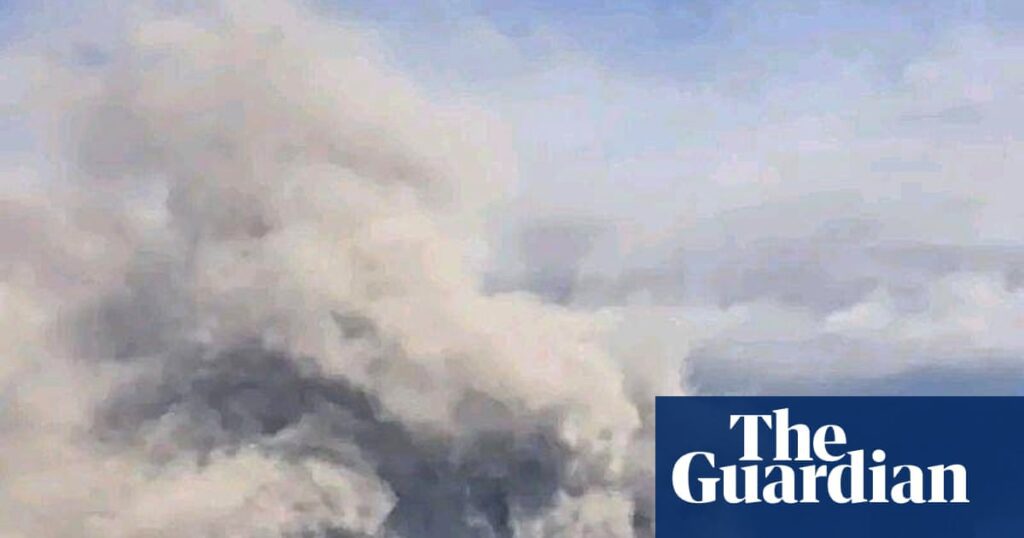Unprecedented Eruption of Hayli Gubbi Volcano in Ethiopia
Overview of the Eruption
The Hayli Gubbi volcano, situated in Ethiopia’s Afar region, has erupted for the first time in nearly 12,000 years, releasing dense clouds of smoke that reached altitudes of up to 9 miles (14 km). This stunning event occurred on Sunday, sending ash drifting across the Red Sea and impacting areas as far as Yemen and Oman.
Location and Geological Significance
Located approximately 500 miles north-east of Addis Ababa, near the border with Eritrea, the Hayli Gubbi volcano is part of the Rift Valley, a highly active tectonic region. This area is characterized by significant geological activity due to the interaction of tectonic plates. Notably, this eruption marks the first recorded activity of the Hayli Gubbi volcano during the Holocene epoch, a period that began around 12,000 years ago and followed the last ice age.
Impact on Local Communities
Local official Mohammed Seid reported that, fortunately, there have been no casualties from the eruption. However, he expressed concerns for the economic stability of the local community, particularly the livestock herders. Ash fallout has covered many villages, leading to a shortage of grazing food for their animals.
“While no human lives and livestock have been lost so far, many villages have been covered in ash and as a result their animals have little to eat,” Seid noted. The potential long-term implications for agriculture and livelihoods could be severe if recovery efforts are not implemented swiftly.
Eyewitness Accounts and Reactions
Residents in the Afar region reported experiencing intense rumblings prior to the eruption. Local resident Ahmed Abdela described the event as reminiscent of a bomb explosion, saying, “It felt like a sudden bomb had been thrown with smoke and ash.” Such dramatic descriptions emphasize the eruption’s suddenness and power, highlighting the volatile nature of this region.
Ash Cloud Trajectory
The Volcanic Ash Advisory Center (VAAC) reported that ash clouds from the eruption expanded across several countries, affecting Yemen, Oman, and even reaching parts of India and northern Pakistan. This vast reach underscores the substantial impact of this singular volcanic event.
Monitoring and Scientific Insights
The Smithsonian Institution’s Global Volcanism Program notes that Hayli Gubbi has had no known eruptions during the Holocene. This assertion was corroborated by volcanologist Simon Carn from Michigan Technological University, who confirmed the volcano’s previously quiet history.
Videos circulated on social media platforms depicted the eruption’s dramatic plumes, although their authenticity is pending verification by news agencies like AFP.
Conclusion
The eruption of the Hayli Gubbi volcano represents a remarkable geological event with potential implications for the local population and beyond. As authorities continue to monitor the situation, the focus remains on assessing the economic impact and ensuring the safety of the local communities affected by the volcanic activity.
For further details on Ethiopian volcanoes and geological phenomena, visit The Guardian and learn more about the geological history of this fascinating region.
